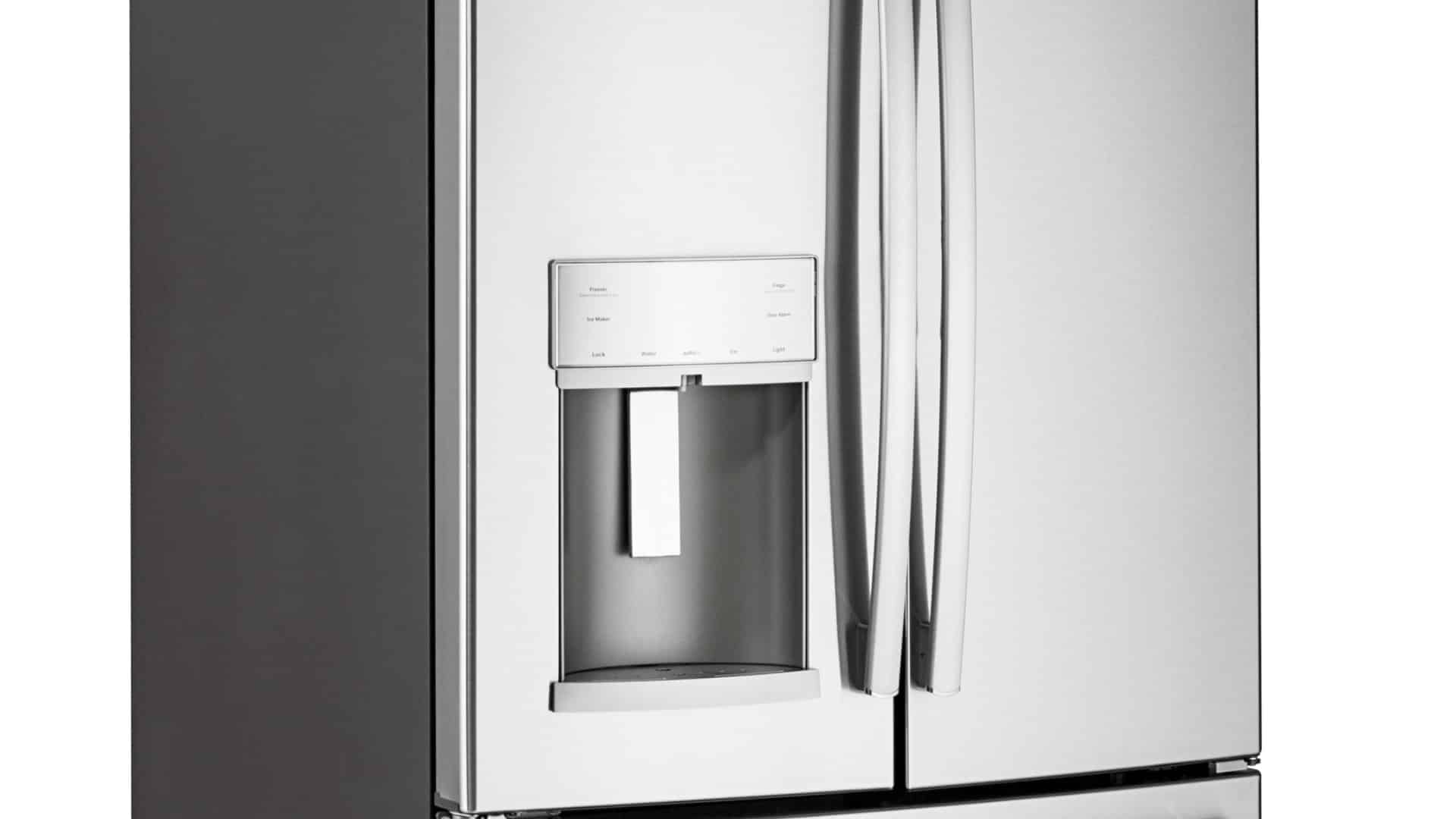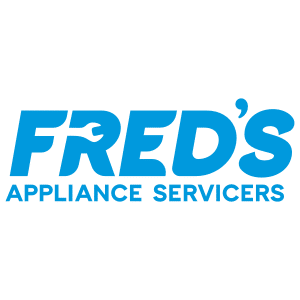According to the Department of Energy (DOE), the average American family washes and dryers about 400 loads of laundry per year. While manufacturers have adapted new energy-efficient technologies, washing machines and clothes dryers use more energy than any other major household appliance, with the exception of the refrigerator.
#1) Wash on Cold Water Setting
Some people automatically choose the hot water setting on their washing machine, regardless of what garments they are washing. According to ENERGY STAR, however, 90% of the energy used by a washing machine is to heat the water. Each time you wash laundry on the hot water setting, the water heater must also draw energy. A smarter and more efficient method for doing laundry is to use the cold water setting.
#2) Line-Dry During The Summer
There’s no better or more Eco-friendly way to dry your laundry than by hanging it outside on a sunny summer day. Sunshine will naturally kill bacteria and other bad germs while subsequently drying your clothes.
“It’s clear that concern over energy bills still isn’t necessarily translating into action in the home. This is best illustrated by people continuing to use their tumble dryers during the warm summer months,” said David Weatherall of the Energy Saving Trust
#3) Wash Full Loads
Try to get into the habit of waiting until you have a full of load of laundry before washing them. Placing just a couple garments inside the washing machine is a huge waste energy. As a side benefit, a fully loaded washing machine will require less water to fill.
#4) Upgrade Your Washer and Dryer
When was the last time you purchased a new washer and dryer set? If you’ve been using the same appliances for the past 10-20 years, then perhaps it’s time for an upgrade. Newer models featuring the ENERGY STAR logo use 35% less water and 20% less energy than standard units. This federally sponsored program recently added clothes dryers to its line of available products.
#5) Clean The Dryer Lint
Lint is the number one cause of dryer-related house fires. Buildups of lint can also reduce the energy-efficiency of a clothes dryer, which is another reason why you should clean it after each load. Remove any lint you see on the filter and inside the exhaust vent. If you are unable to access the exhaust vent, hire a professional heating, ventilation and cooling (HVAC) technician to service your home.
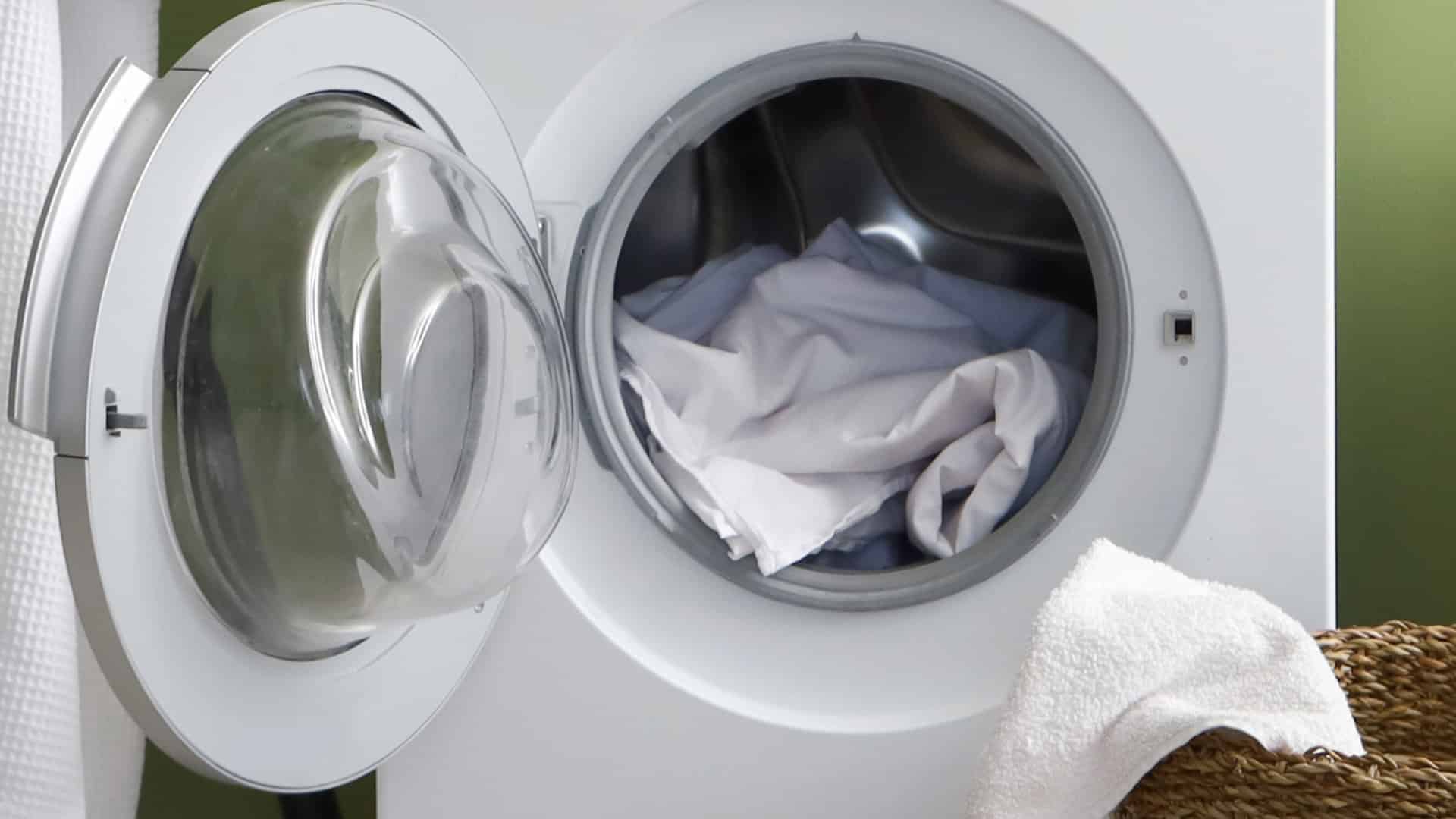
Whirlpool Washer Error Codes Explained
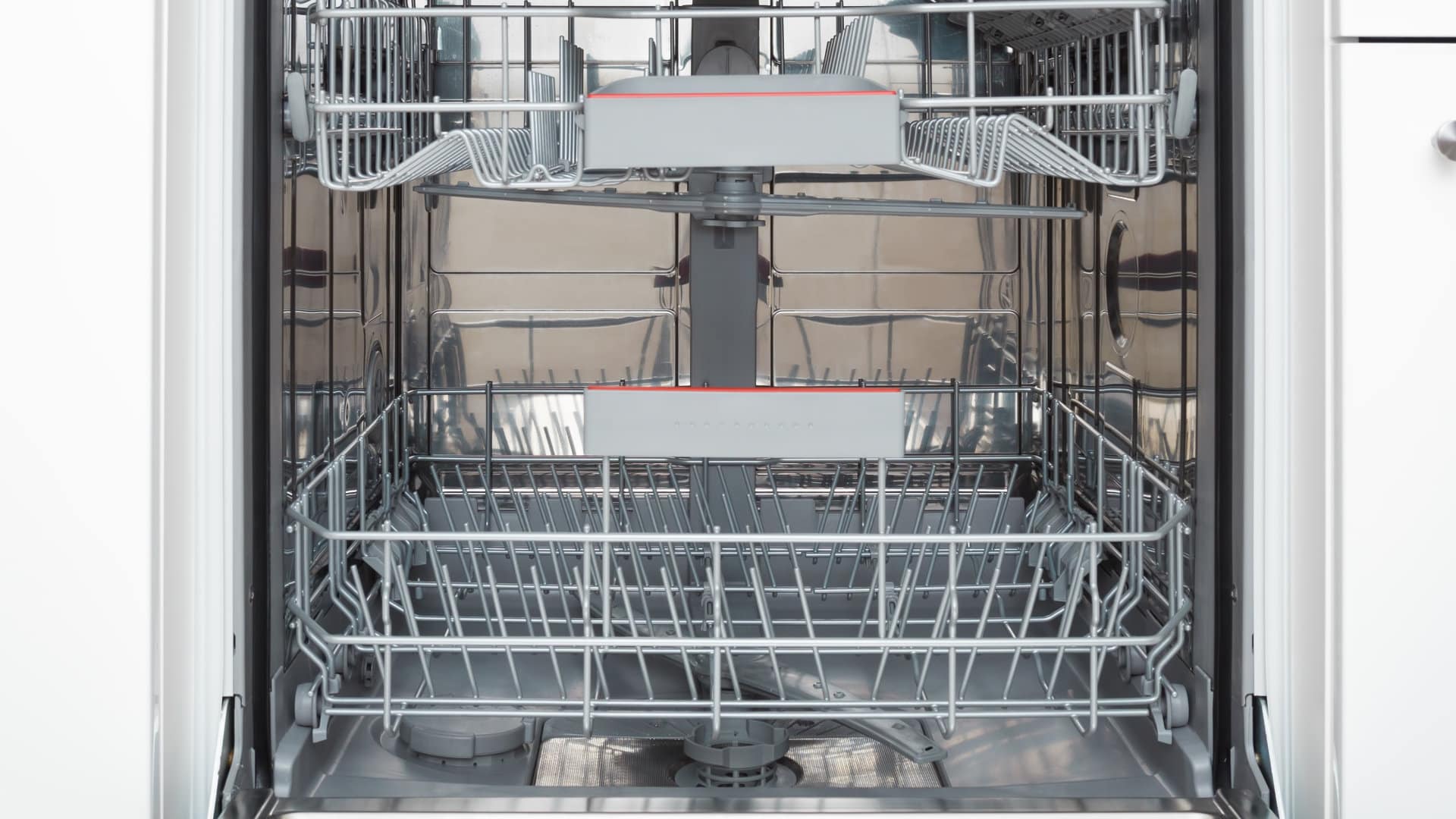
How to Wash a Hat in the Dishwasher (In 5 Steps)

How to Fix the nF Error Code on a Samsung Washer
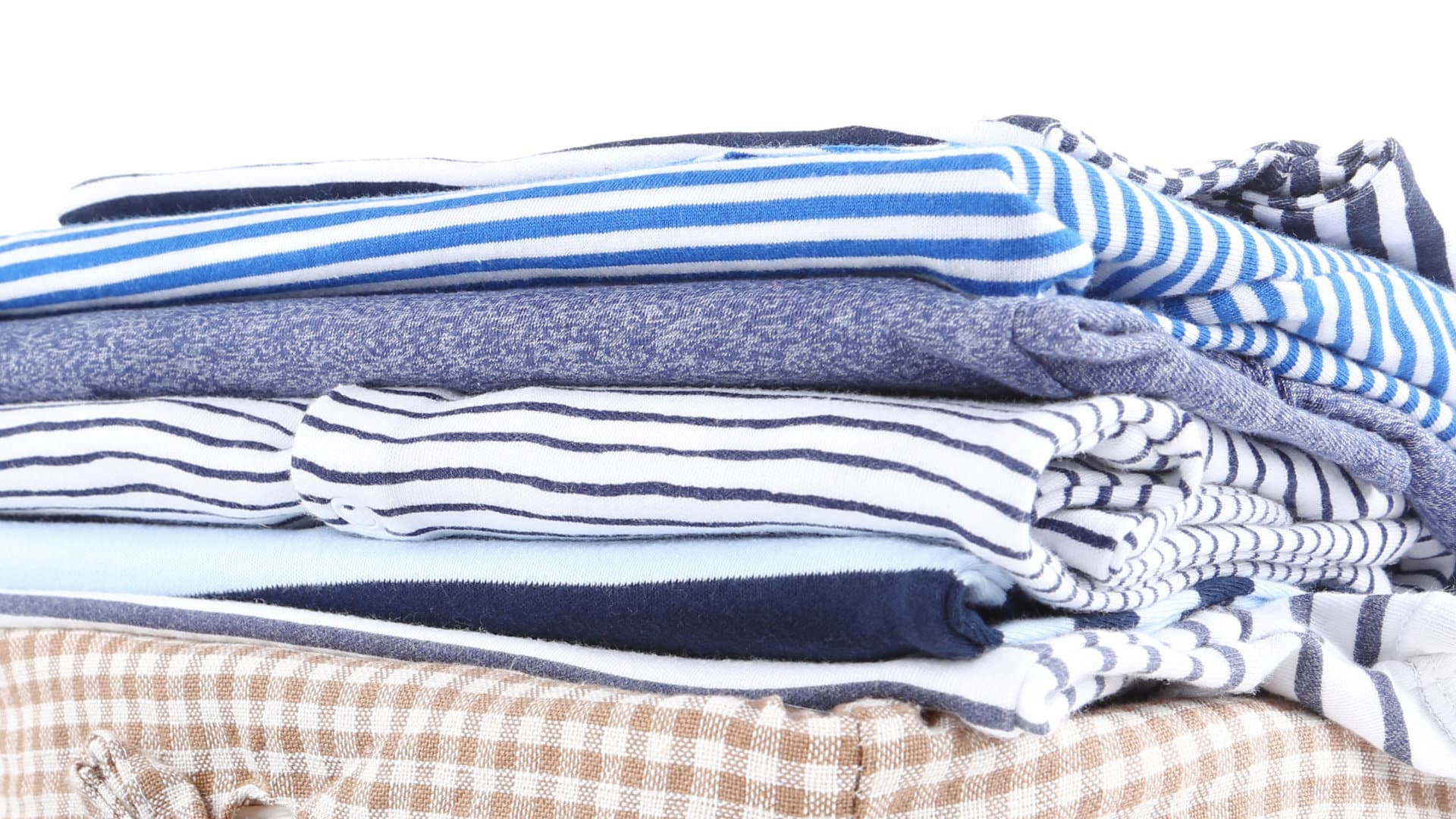
Kenmore Elite Dryer Issues: How To Troubleshoot
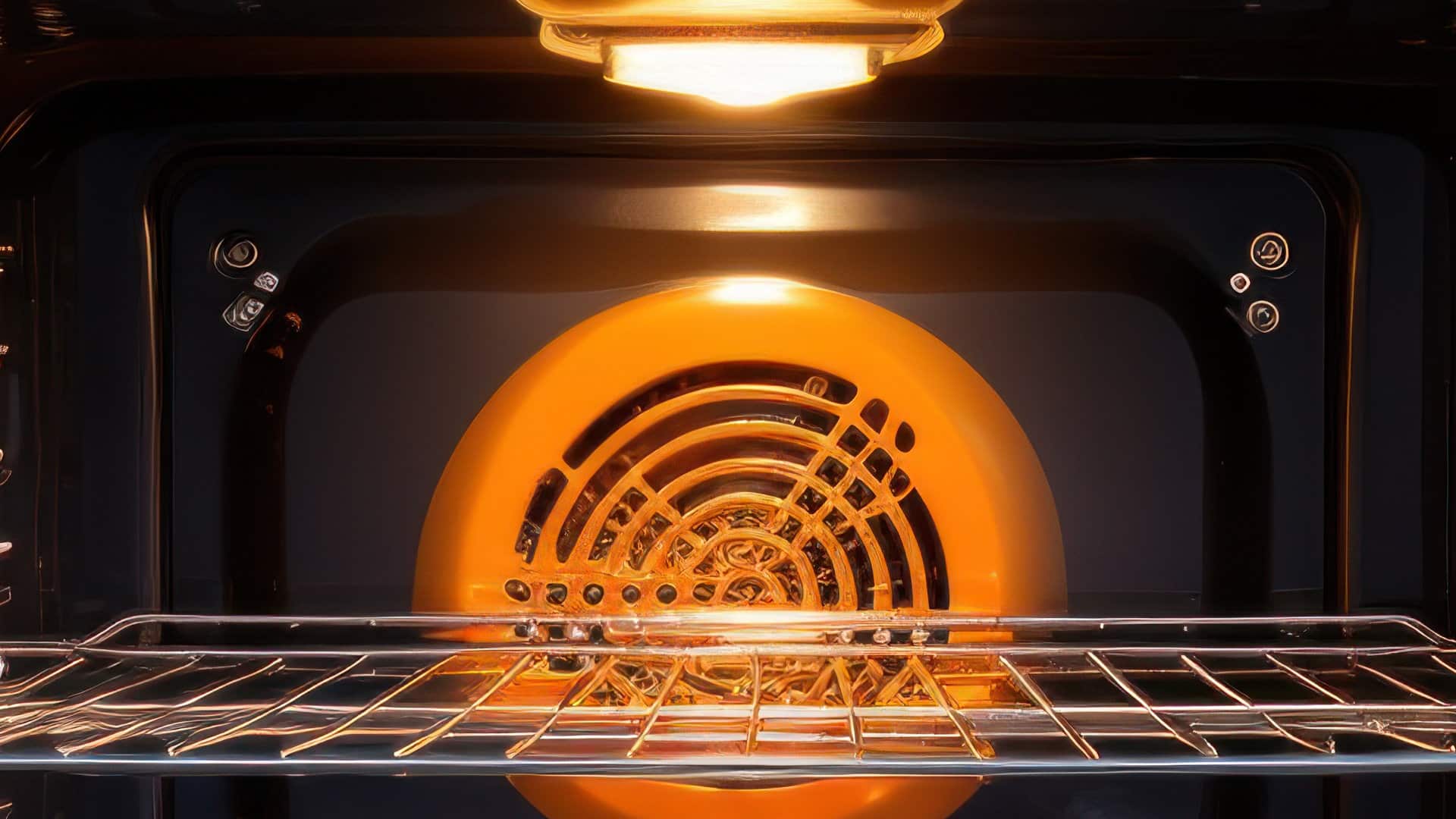
Microwave vs. Oven: Pros and Cons and How They Differ
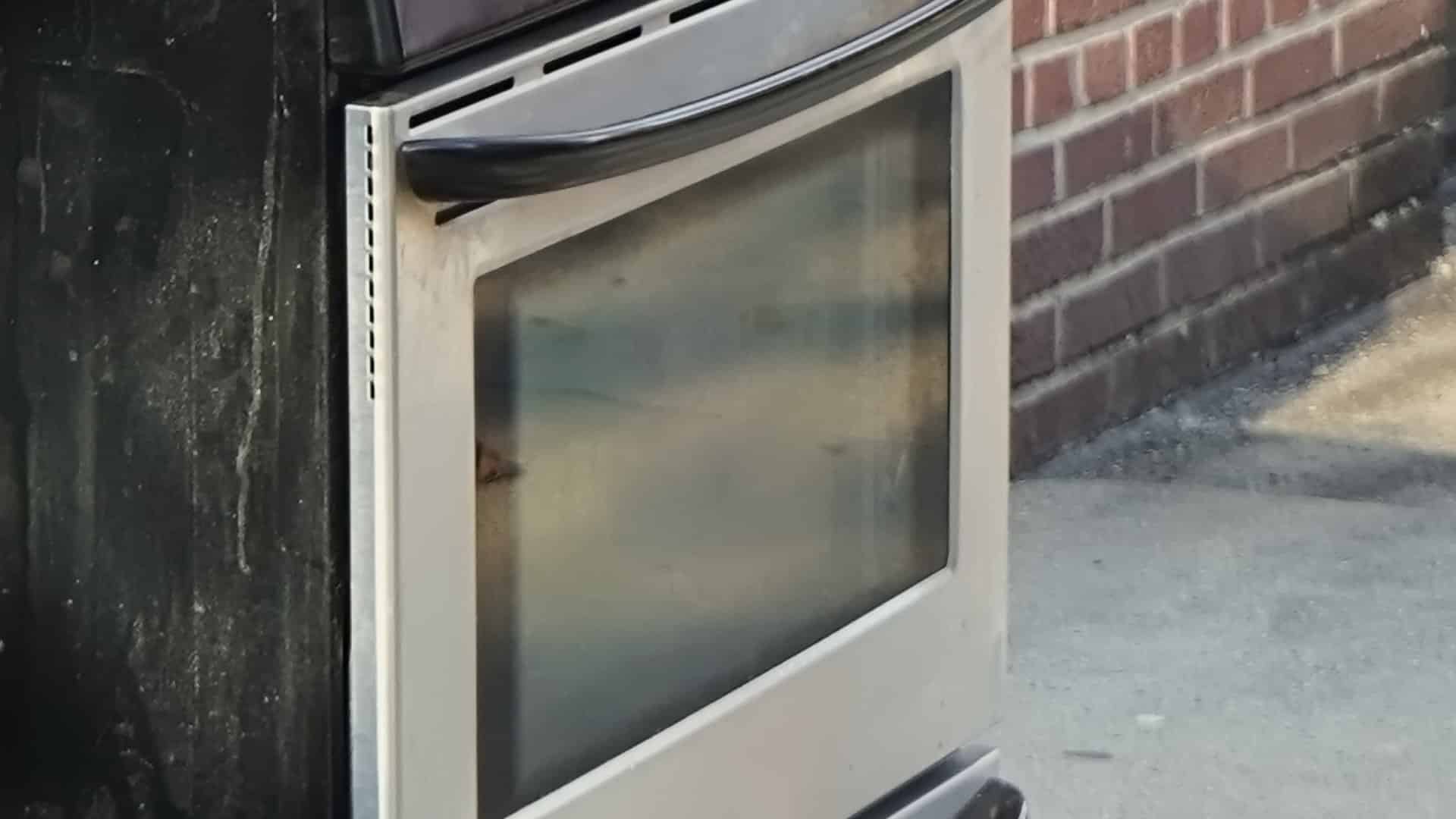
Self-Cleaning Oven Smell: Causes & Odor Reduction Tips
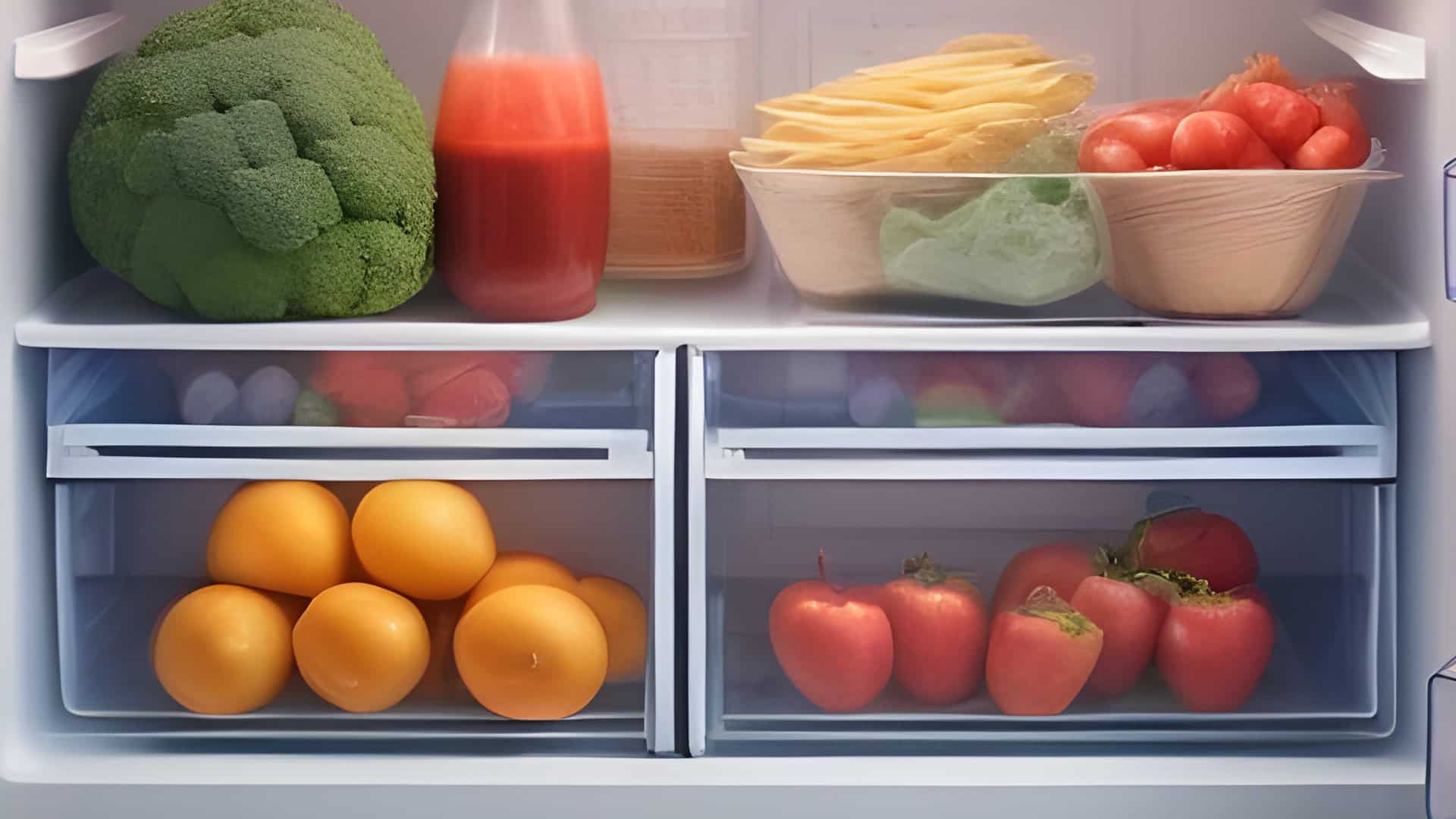
Frigidaire Ice Maker Not Working? 7 Ways to Fix It
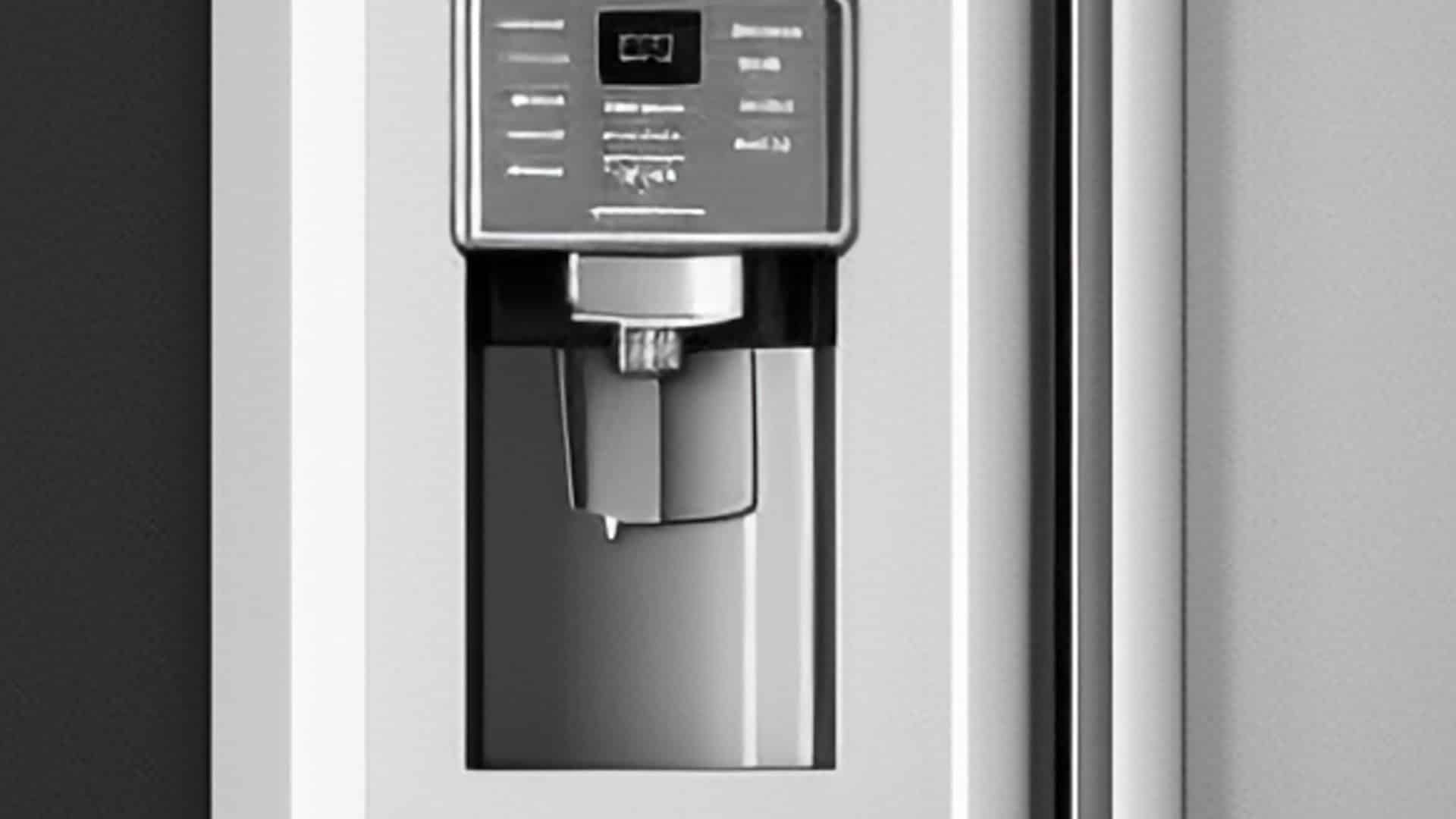
Why Is Your LG Refrigerator Not Cooling? (9 Common Reasons)
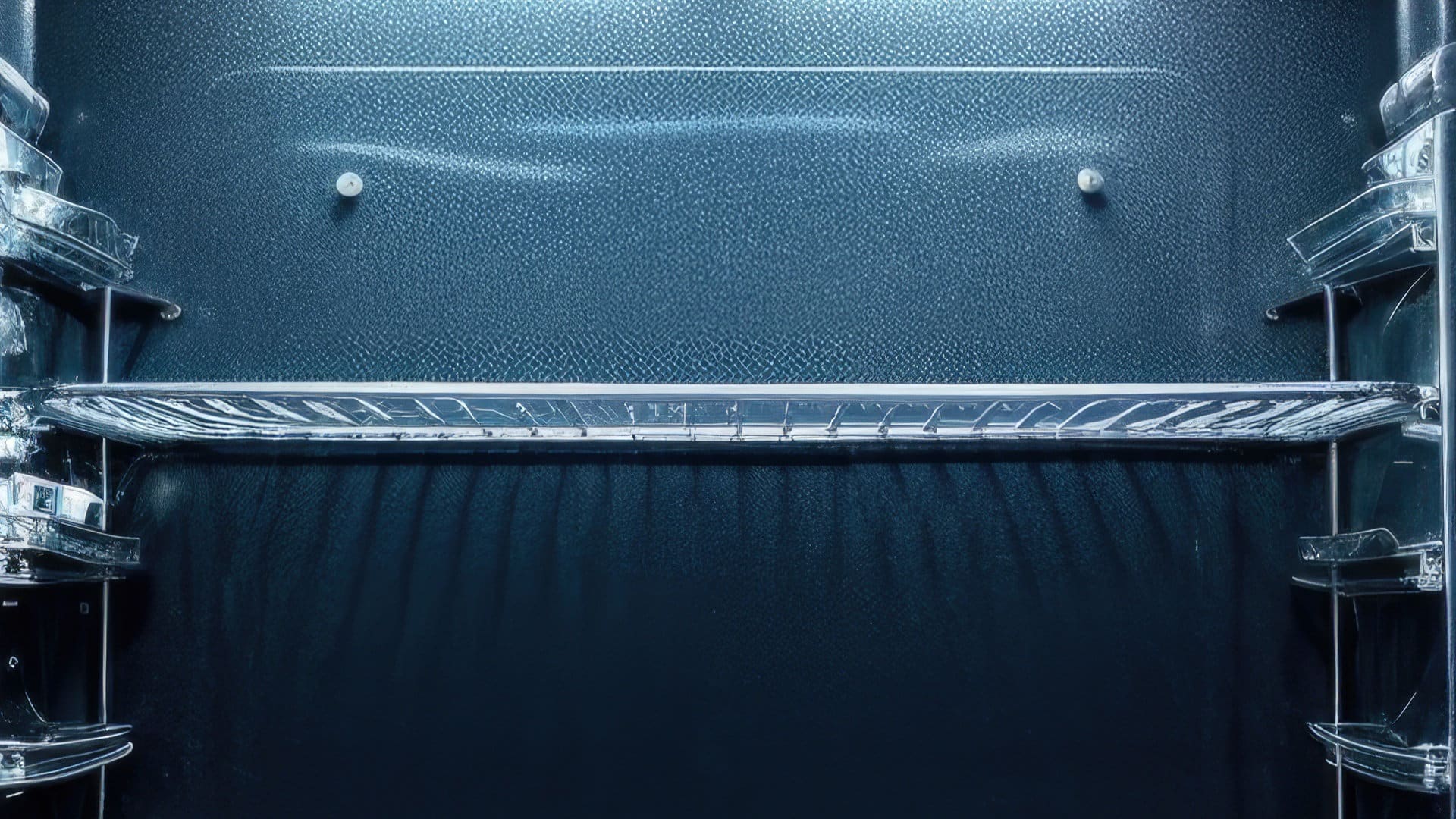
GE Oven F2 Error: Causes & Solutions
